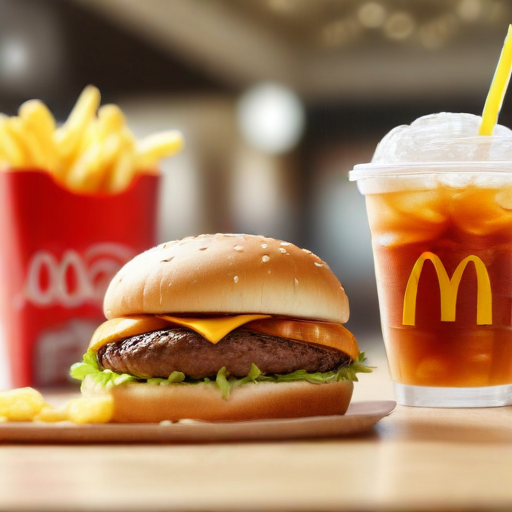McDonald’s $5 meal deal could lead to some modest profits for the fast-food giant, according to analysts. The anticipated profit margin for this combo is between 1% and 5%, translating to roughly $0.05 to $0.25 for each package sold.
This initiative addresses the concerns of consumers facing inflation, aiming to drive them back into McDonald’s locations, with the hope that they will purchase additional items beyond the $5 meal. However, profitability hinges on various factors, such as ingredient costs, labor, and other overhead expenses.
Restaurant analyst Arlene Spiegel pointed out that the $5 meal deal should be seen as more of a promotional strategy rather than a significant profit generator. This approach encourages customer return but may not guarantee financial success for franchise owners. With about 95% of McDonald’s locations being franchisee-operated, individual franchise owners set their own prices while also dealing with various costs like rent, insurance, permits, and taxes.
While the move aims to draw in diners, the overall financial benefits for franchisees may be limited. The bundle is often characterized as a “loss leader” intended to attract guests while compensating for the related expenses of labor, packaging, condiments, delivery charges, and marketing, which can collectively diminish profits.
In summary, as McDonald’s rolls out its $5 meal deal, the strategy shows promise in attracting customers again, which is crucial in a challenging economic climate. It creates an opportunity for the franchisees to take advantage of the increased foot traffic and potentially boost overall sales in the long run, despite the short-term profit constraints. The focus on value amid rising costs reflects McDonald’s adaptability and commitment to meeting consumer needs, which is a positive sign for the brand’s future.
